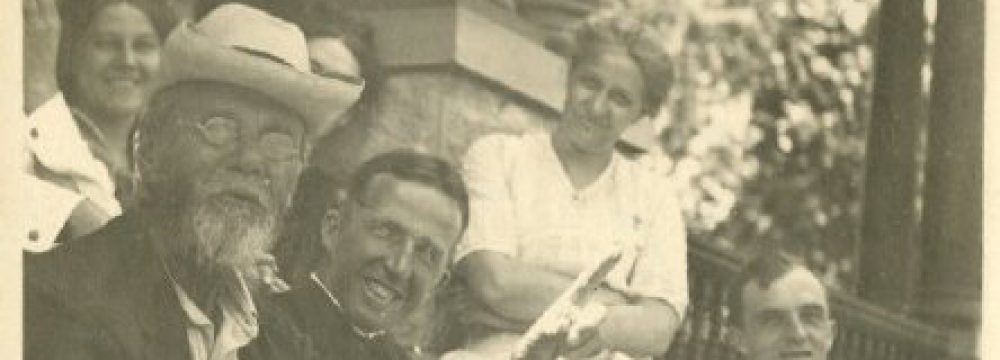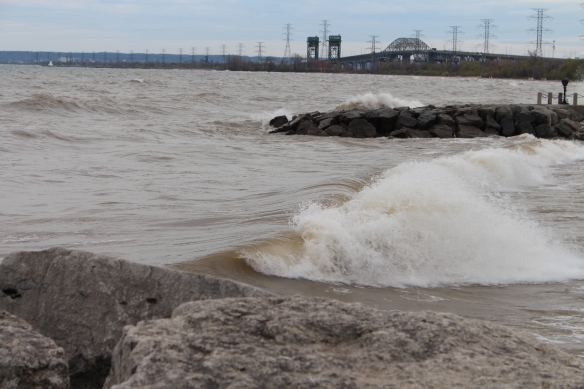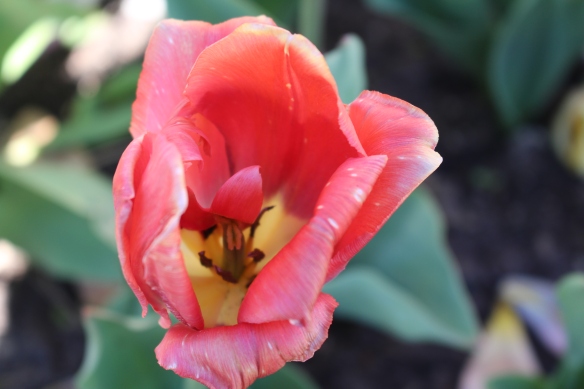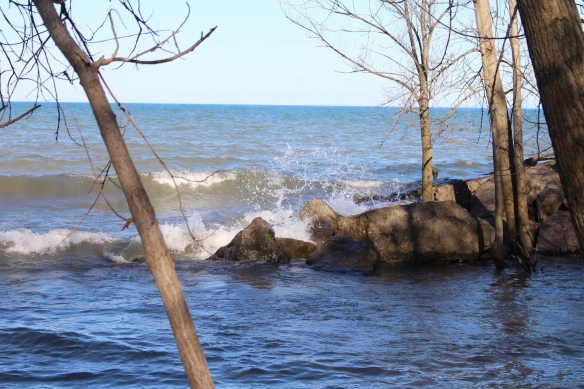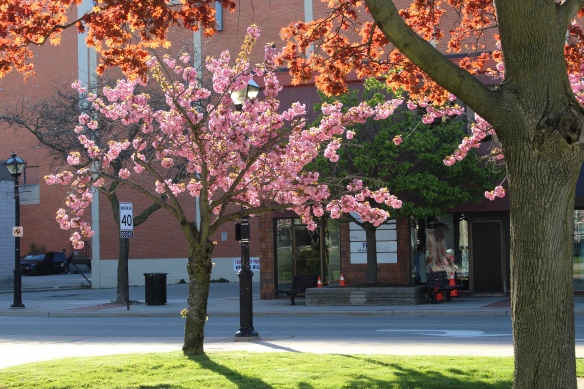
A few months ago I gave a presentation on a project I had undertaken to analyze technique descriptions to identify the commonalities they present. My aim was to identify those commonalities to develop a theoretical approach to guide approaches to teaching and applying osteopathic treatment. I will embed the video presentation below and follow that with the article I have written. This will stand as an initial marker for sharing this concept publicly.
